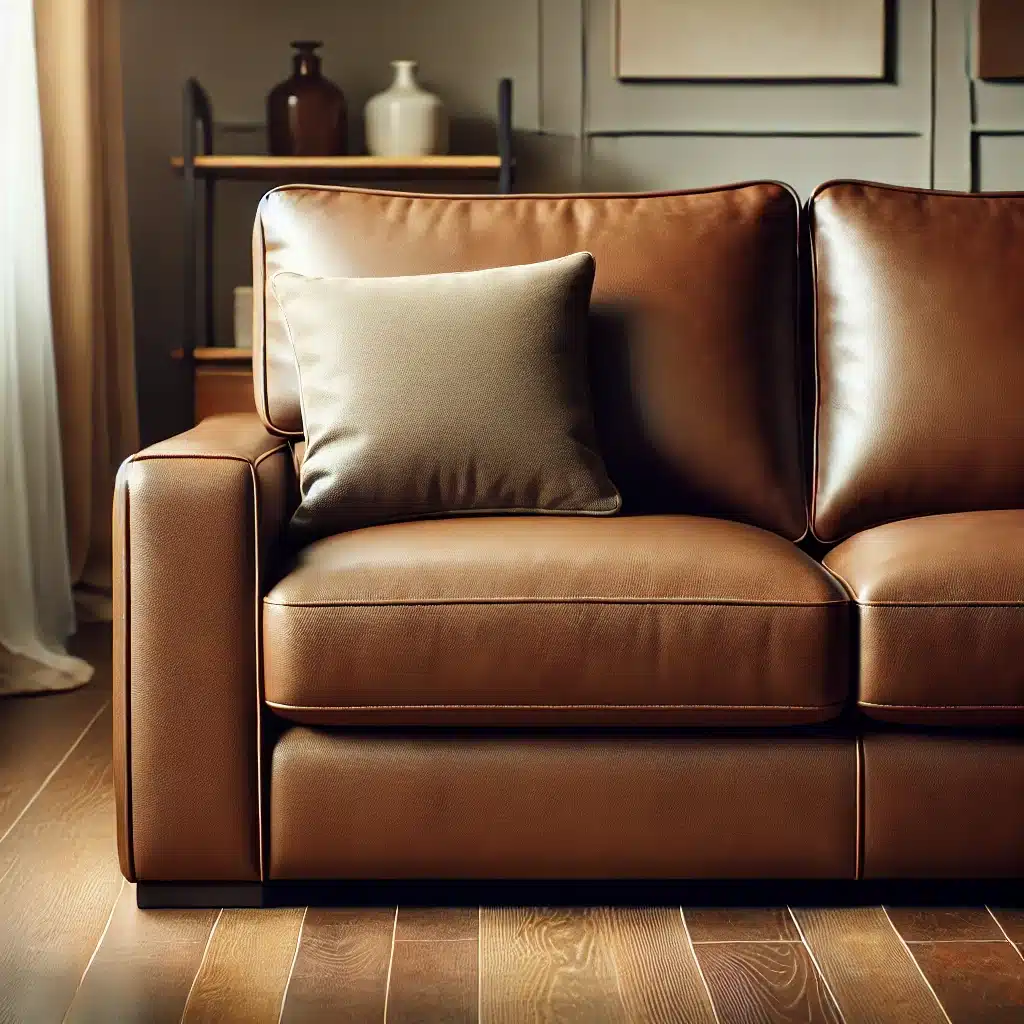How to Clean Living Room in 5 Simple Steps
A clean living room sets the tone for the entire home. Whether you’re expecting guests or just want to relax in a tidy space, cleaning your living room can make a big difference. Follow these five simple steps to transform your living room into a fresh, inviting space. 1. Declutter the Area The first step to a clean living room is getting rid of the clutter. Clutter can make even the most spacious living rooms feel cramped and chaotic. Begin by surveying the room and identifying items that don’t belong there. This could be anything from toys and books to mail and miscellaneous items that have found their way into the living room. Gather these items using a basket or box. This method keeps everything contained and makes it easier to transport items back to their proper places. Once you have collected the out-of-place items, take a few minutes to put them back where they belong. Returning items to their designated spots not only clears up the living room but also helps maintain order throughout the house. If certain items don’t have a designated spot, consider creating one. For example, set up a specific area for mail or create a storage space for toys in another room. This will prevent clutter from accumulating in the living room in the future. To make decluttering more manageable and even enjoyable, set a timer for 10 minutes. Challenge yourself to see how much clutter you can clear away in that time. This approach makes the task feel less overwhelming and can turn it into a fun, race-against-the-clock activity. By regularly decluttering in short, focused bursts, you’ll maintain a consistently clean living room without feeling like you’re dedicating hours to tidying up. 2. Dust Surfaces Dust can accumulate quickly in the living room, especially on surfaces like coffee tables, shelves, and electronics. A layer of dust not only dulls the appearance of your living room but can also contribute to allergies and respiratory issues. To tackle this, use a microfiber cloth, which is excellent for trapping dust particles without spreading them around. Begin dusting from the highest surfaces, such as shelves and the tops of cabinets, and work your way down. This method ensures that any dust that falls from higher surfaces is captured when you clean the lower areas. Pay special attention to less obvious places that often get overlooked during routine cleaning. Lampshades, picture frames, and baseboards can collect significant amounts of dust over time. These areas might not be immediately noticeable, but cleaning them can make a big difference in the overall cleanliness of your living room. Additionally, don’t forget to dust electronics like TVs and speakers. Dust can interfere with their functionality and reduce their lifespan, so keeping them clean is crucial. When dusting, use a damp cloth for delicate surfaces and a dry cloth for more robust areas. A damp cloth helps to capture dust without dispersing it into the air, making it ideal for fragile or highly polished surfaces that can scratch easily. On the other hand, a dry cloth is perfect for wood furniture and other sturdy surfaces. By regularly dusting your living room, you’ll maintain a fresher, cleaner environment that not only looks better but also feels more inviting and comfortable. 3. Vacuum and Clean Floors Whether you have carpets, rugs, or hardwood floors, they need regular cleaning to maintain a clean living room. Carpets and rugs are magnets for dust, dirt, and allergens that can diminish the comfort and cleanliness of your living space. Start by vacuuming thoroughly, making sure to cover every inch, including under furniture and in the corners. A high-quality vacuum cleaner with strong suction and appropriate attachments can make a big difference, ensuring that embedded dirt and debris are effectively removed. If you have hardwood floors, after vacuuming, follow up with a mop to give them a nice shine and remove any remaining dust or grime. A gentle cleaner specifically designed for hardwood floors can enhance their natural beauty and extend their lifespan. For an extra touch of cleanliness and shine, consider using a damp mop with a solution of water and a mild wood cleaner. This not only cleans the floors but also conditions the wood, preventing it from drying out and becoming damaged. For carpets and rugs, occasional deep cleaning is essential to maintain a truly clean living room. Using a carpet cleaner or hiring professional carpet cleaning services can help remove deep-seated dirt and stains that regular vacuuming might miss. This deep clean revitalizes the carpet fibers and restores their appearance and freshness. Additionally, move furniture slightly to clean underneath and behind them. You’ll be surprised at how much dirt can accumulate in hidden spots. Regularly moving and cleaning these areas ensures that no part of your living room is neglected, contributing to a consistently clean and healthy environment. 4. Wipe Down Furniture Furniture can harbor dust and stains, so give it a good wipe down. Your living room furniture is not just a collection of functional pieces; it’s also a major element of your home’s aesthetic. Dust, spills, and daily use can leave your furniture looking tired and worn. Start by selecting appropriate cleaners for each type of furniture. Leather sofas require a leather cleaner to maintain their suppleness and prevent cracking. For upholstered furniture, use a fabric cleaner that can lift stains without damaging the material. Wooden furniture benefits from a gentle wood cleaner that preserves its finish while removing grime and fingerprints. As you clean, pay extra attention to armrests, cushions, and any spots that get frequent use. These areas are often the first to show signs of wear and dirt. Armrests, in particular, can accumulate oils from skin contact, which attract dust and dirt. Cushions can harbor crumbs, pet hair, and other debris. Remove cushions and vacuum underneath them to ensure you’re getting all the hidden dirt. For fabric cushions, spot clean any stains and give them a good

